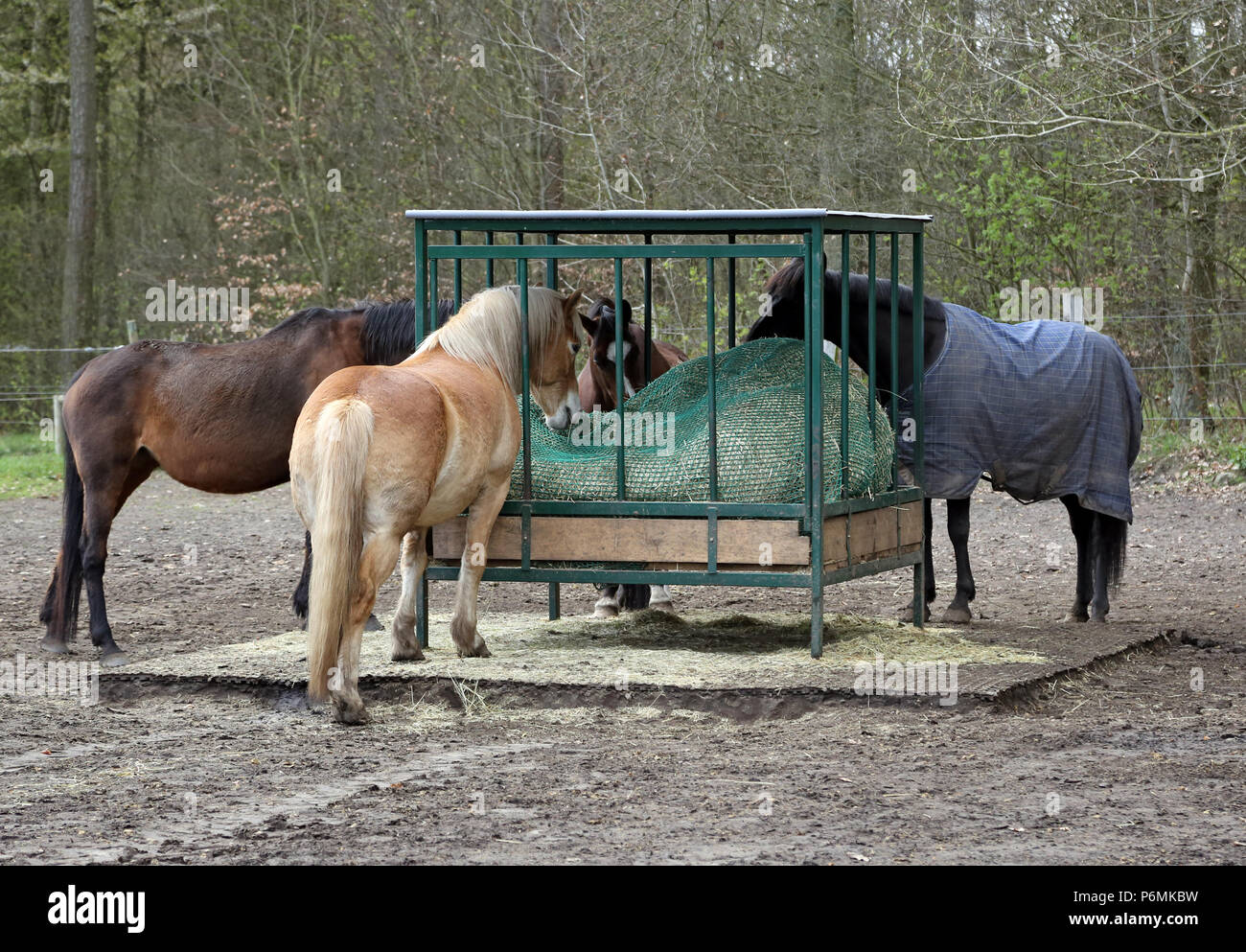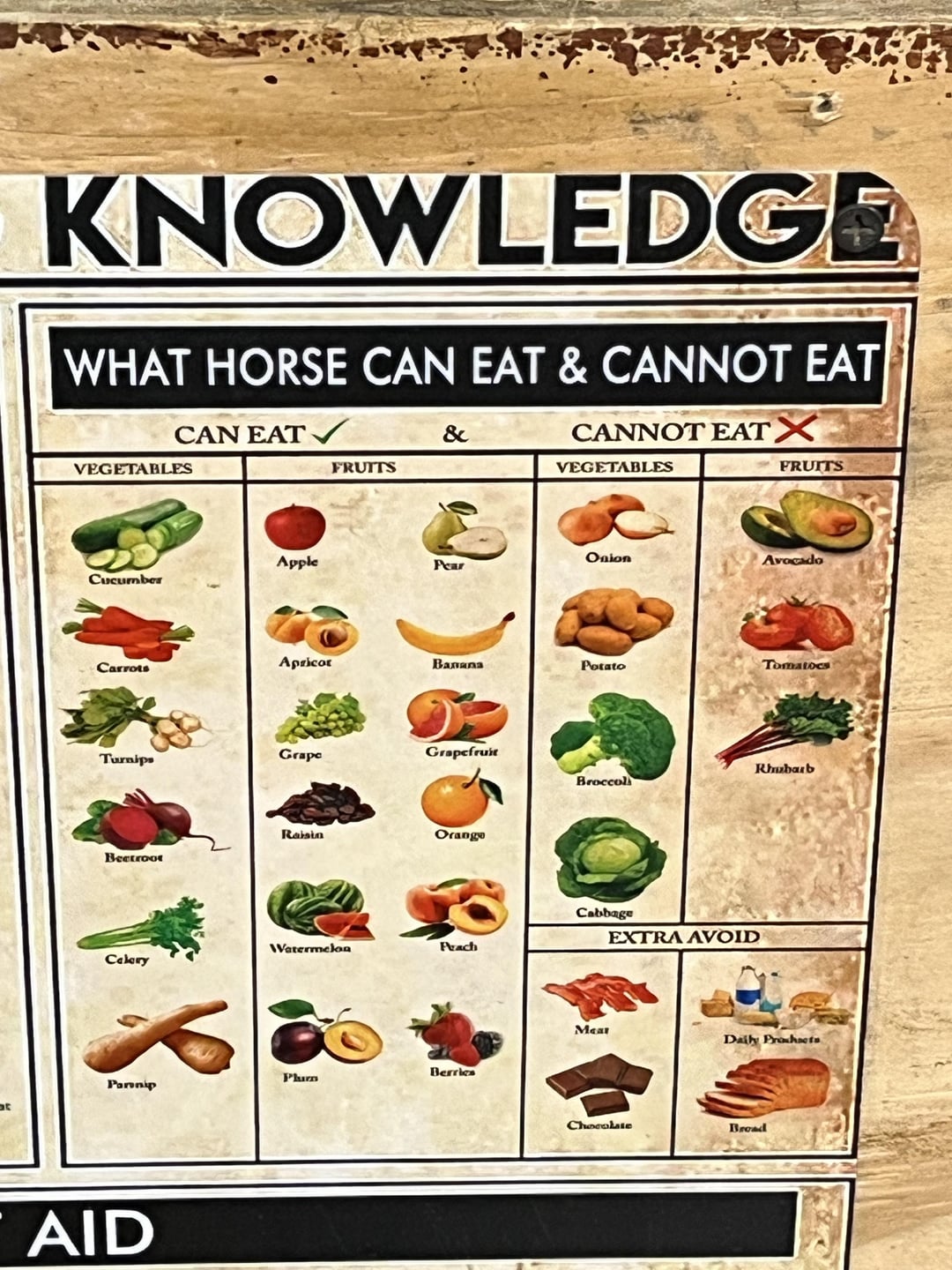Feed Safety and Quality Assurance for Your Horse

Ensuring the safety and quality of your horse’s feed is crucial for maintaining their health, performance, and overall well-being. This article explores key aspects of feed safety, quality assurance practices, and how to implement them effectively.
Why Feed Safety Matters

Feed safety prevents contamination and nutritional imbalances that can lead to illness or poor performance. Contaminated feed can harbor molds, toxins, bacteria, or foreign materials harmful to horses.
Key Components of Feed Quality Assurance
| Component | Description |
|---|---|
| Ingredient Sourcing | Selecting high-quality, tested raw materials from reputable suppliers. |
| Storage Conditions | Proper storage to prevent moisture, pests, and contamination. |
| Manufacturing Process | Controlled processes to ensure consistency and safety. |
| Testing and Analysis | Regular laboratory testing for nutrient content and contaminants. |
| Traceability | Keeping records to track feed batches from source to delivery. |
Best Practices for Feed Safety
- Inspect Feed Regularly: Check for mold, unusual odors, or foreign objects.
- Store Feed Properly: Use dry, cool, and clean storage areas.
- Use Quality Suppliers: Purchase from trusted manufacturers with quality certifications.
- Follow Feeding Guidelines: Provide balanced rations tailored to your horse’s needs.
- Maintain Clean Equipment: Prevent cross-contamination by cleaning feeders and storage containers.
Common Feed Contaminants and Risks
| Contaminant | Risk to Horses | Prevention Tips |
|---|---|---|
| Mold and Mycotoxins | Respiratory issues, colic, liver damage | Store feed dry, discard moldy feed |
| Bacteria | Digestive upset, infections | Use fresh feed, maintain hygiene |
| Foreign Objects | Injury or choking | Inspect feed, use quality control |
Frequently Asked Questions (FAQ)
Q1: How can I tell if my horse’s feed is contaminated?
- Look for mold, unusual smells, discoloration, or clumping.
Q2: How often should I test my horse’s feed?
- Ideally, test new batches before feeding and periodically during storage.
Q3: What should I do if I suspect feed contamination?
- Stop feeding immediately, consult a veterinarian, and notify the supplier.
Q4: Can homemade feed mixes be safe?
- Yes, if ingredients are sourced carefully and mixed hygienically.
Conclusion
Maintaining feed safety and quality assurance is essential for your horse’s health. By following best practices, regularly inspecting feed, and working with reputable suppliers, you can ensure your horse receives nutritious and safe feed every day.
